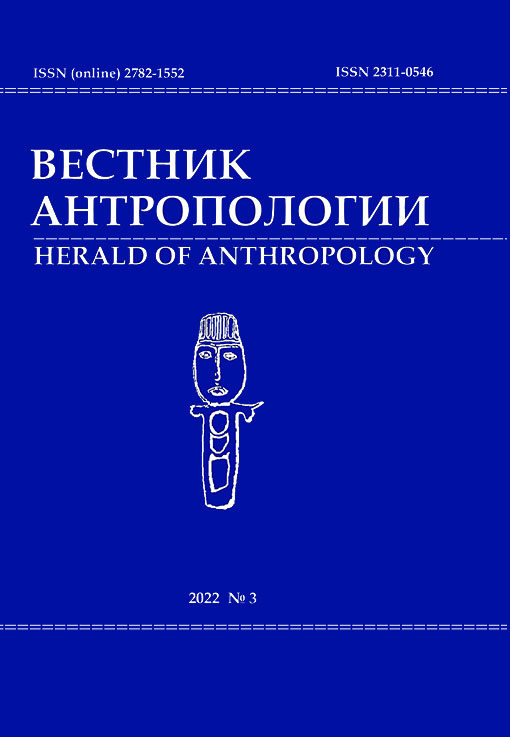Обряды перехода в медвежьем празднике северных манси
10.33876/2311-0546/2022-3/233-243
Ключевые слова:
манси, мифы, Медвежий праздник, танцы, сценки, временная смерть, лиминальный/пороговый период, перерождение, инициации/посвященияАннотация
Праздничная система манси отражает многие сферы мировоззрения народа и включает всевозможные обрядовые комплексы. «Сценарий» Медвежьего праздника содержит фрагменты разных обрядов. Все они синкретичны, имеют различные пути эволюции, неоднократно менялись и переосмыслялись. В статье выявляются элементы обрядов перехода в Медвежьем празднике северной группы манси. В качестве источников информации использованы опубликованные материалы по фольклору и этнографии российских и зарубежных исследователей, а также, личные материалы автора. Полевые материалы были собраны автором в 1994–2011 гг. во время проведения шести праздников по случаю добычи медведя на территории компактного проживания северной группы манси (Берёзовский район Ханты — Мансийского автономного округа — Югры). В ходе исследования данного феномена выявлено, что в основе обрядов мансийского Медвежьего праздника лежат отношения взаимоперехода жизни и смерти, отражающие идею возрождения животных и параллели в обрядах жизненного цикла человека. Особо очевидна связь с определёнными биологическими моментами (смерть, рождение) и общественно-социальным стандартом (инициации, посвящения). На примерах отдельных ритуальных действий из этих переходных циклов и выстроен материал данной статьи. Связь медвежьей церемонии с обрядами перехода отражает наиболее древний пласт мировоззрения народа.






















